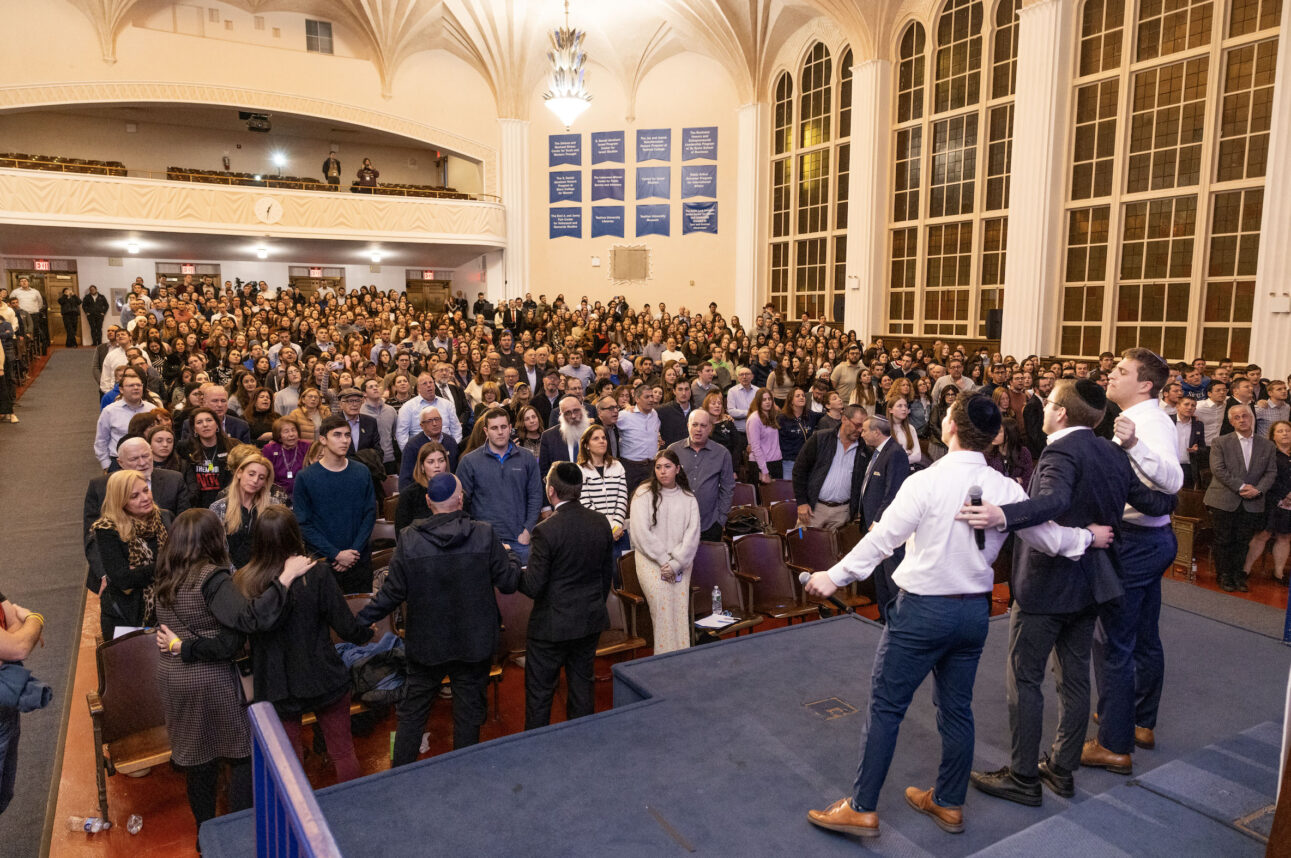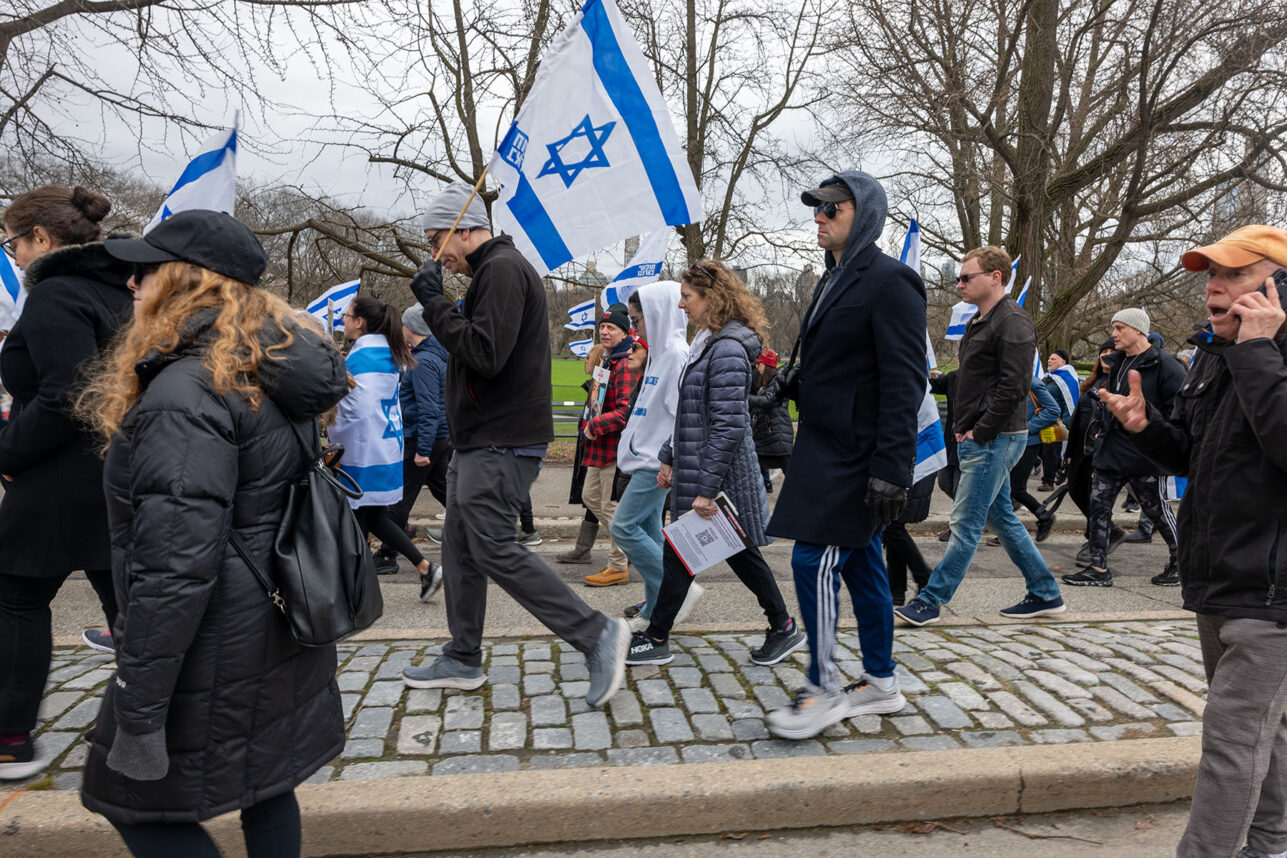"The Butcher’s Tale: Murder and Anti-Semitism in a German Town" by Helmut Walser Smith (W.W. Norton and Co., $25.95).
One of the most depressing of the many depressing aspects of the second year of the new millennium has been the resurgence of anti-Semitism and the importation into Islam of anti-Semitic motifs that were abandoned and discredited in the post-Holocaust Christian world.
Sadly, too many in Islam have adopted what the West had rejected, including such noted forgeries as the "Protocols of the Elders of Zion" and the myth that Jews killed gentile children to drain their blood in order to bake matzah for Passover — the well-known "blood libel."
Little could Helmut Walser Smith imagine when he set out to do his impressive work tracing the blood libel in the small German town of Konitz, following an unsolved murder of a young German man on March 11, 1900, that the scandal of the last century would reverberate in the new millennium.
Smith set out to understand an event set in a specific town at a specific moment, to trace a crime and to examine more than a century later those who might have committed it, assessing their possible guilt or innocence, examining their motives and their alibis, trying as dutifully as one can to establish what happened, who did what, who said what and then how events got out of hand, leading to three different pogroms between April and June 1900, and influencing Jewish and German life in the region.
Perhaps Smith suspected that he could shed light on events that happened four decades later, when anti-Semitism was prevalent throughout Germany, and local pogroms gave way to the state-sponsored systematic annihilation of the Jews that we call the Holocaust.
Had that been all that was achieved, it would have been more than sufficient for a monograph that is uncommonly interesting and exceedingly well researched. But there are greater reverberations to the work, which have less to do with Smith’s topic and research and more to do with the peculiar quality of our times.
The murder was particularly gruesome. The victim, Ernst Winter, was a "tall, strong, robust 18-year-old, a swimmer, gymnast and bicycle rider." The upper torso of his body, cut off at the ribs, was discovered in a local lake wrapped in strong packing paper and sown shut. His other body parts were strewn around town, wrapped in packing paper and tied shut.
Rumors were that the body was drained of all blood, which shed some suspicion on the Jews, most especially in March, which is in proximity to Passover. Clearly, the young man had been murdered, and his body dismembered.
It was the nature of the crime and the skill with which the body was cut apart that was to shake the community and also suggest that the murderer possessed a certain skill set. Not many — surely not everyone — was capable of so dismembering a body and packing it ever so carefully for dispersal at multiple sites. A century later, Smith uses this information to narrow the field of possible murderers and to hypothesize on the full timetable of the crime.
Unlike Jan Gross whose work, "Neighbors," described the murder of the Jews of Jedwavne, Smith could not rely upon eyewitnesses or contemporary oral history. He was forced to rely on the written records; court records, especially of those tried for perjury; newspaper accounts; police interrogations, and the diverse recollections that had been committed to paper to get at the truth of what had been done.
Unlike Jedwavne, where authorities either participated in the murders or turned aside as they were happening, the authorities were a front line of defense that kept the atmosphere from becoming even more explosive.
Smith must also recreate the town from these records, the social dynamics, the interrelationship between Jews, Germans and Poles, Catholics and Protestants that characterized the border town, then a part of Germany and in the post-war period and now a part of Poland. He must also sort out the complex interrelationships between domestic help and their employers, class and educational issues, as well as religious divisions and ethnicity.
So much has changed since then that the task is even more difficult. The Jews are gone, and the area is now Polish not German. Some Jews departed shortly after the crime; the remnant of the community was eliminated in the Holocaust.
But many Germans are also gone, feeling uncomfortable remaining in Poland after the Nazi era. The town that remains is so very different than the town reconstructed through Smith’s meticulous research.
While this review cannot, as Smith so elaborately does, go through the town folk and evaluate the suspects, their motives and their alibis to ascertain the identity of the killer, we can focus on the accusation against the Jews, the rallying of social forces targeting the Jews and the spreading of these accusations like wildfire
Smith is asking the right questions. He wonders, "How local enmities become potent symbols resonating with larger antagonisms. How spiteful stories and tavern tales are elevated to public spectacle, and how these takes conform to pre-existing patter of political and religious beliefs."
As I read the book, I kept wondering about our global universe, where the media and the Internet — and not only the local tavern and barber shop — are the places in which certain conversations take place, where antagonisms are spread and tales told and by their very repetition seem to gain credibility and become objective reality.
How is it that the "street" in certain world capitals believes that the Jews working at the World Trade Center escaped just before the bombing or that the CIA and the Mossad were responsible for the murders?
Like Gross’s work, "The Butcher’s Tale" focuses on one town and the struggle of neighbors against neighbors. He explores the gallery of prejudices about Jews, class, sexuality and the criminal mind that skewed the investigation, blinding police and people to the identity and whereabouts of the real killers among them.
The reader benefits because Smith is a learned man — learned in history of blood libel and in medieval ritual murders. He reviews many of the 79 cases of blood libel in Europe in the 19th century and also its medieval origins.
He understands why popes denounced the blood libel and also why these denunciations had such a limited impact on the general populace. One feels the deep scholarship that he brought to this project and not only what he learned in the research.
At another time and in another place, this would be a fascinating and brief historical study. The tragedy of our era is that this work has a timeless quality, for we now have anti-Semitism in lands that are bereft of Jews, and one must look globally and not just regionally to understand its shape.
Forces larger than those that surrounded Konitz, which at the turn of the 20th century was a simpler place in a simpler time, fuel contemporary antagonisms, and Smith’s study can help us understand at least some of those forces.






















 More news and opinions than at a Shabbat dinner, right in your inbox.
More news and opinions than at a Shabbat dinner, right in your inbox.